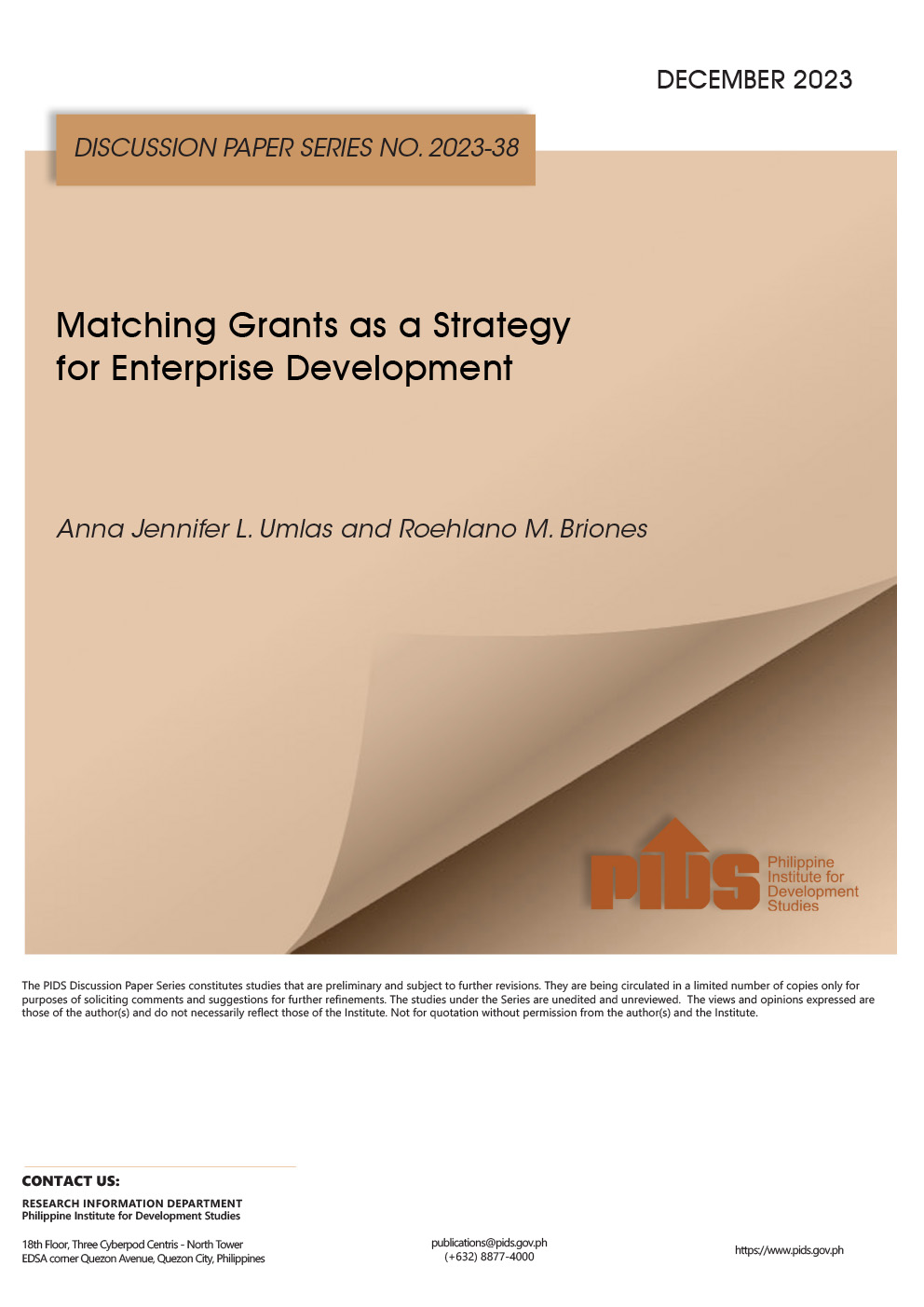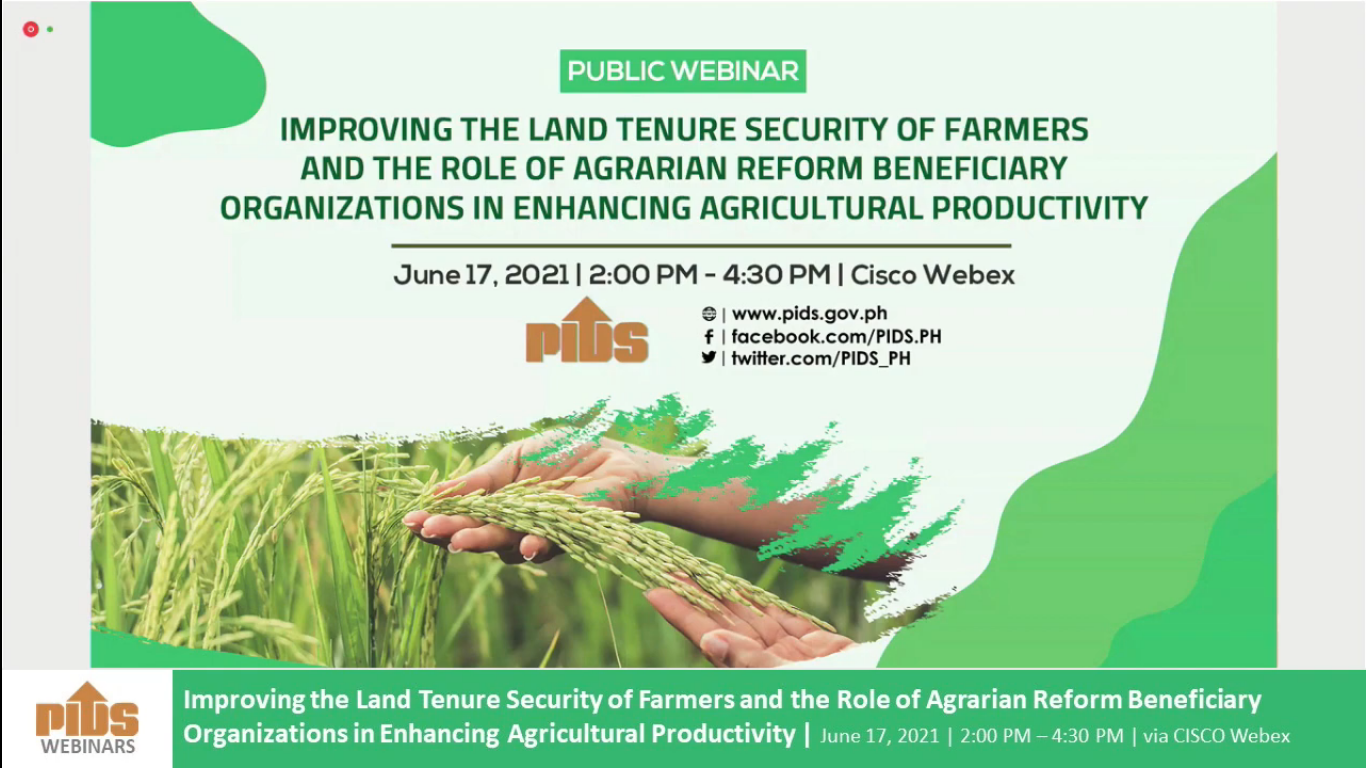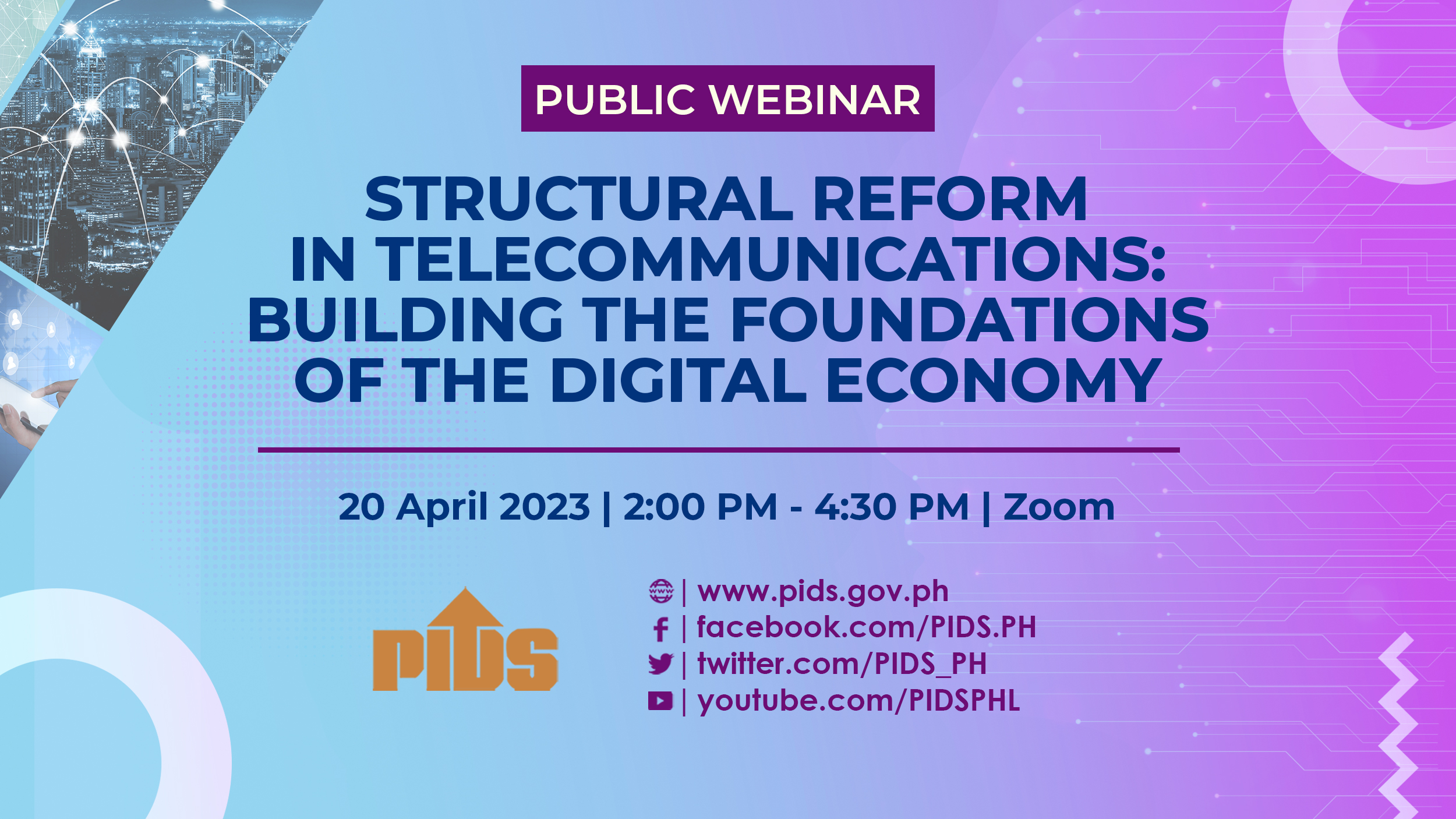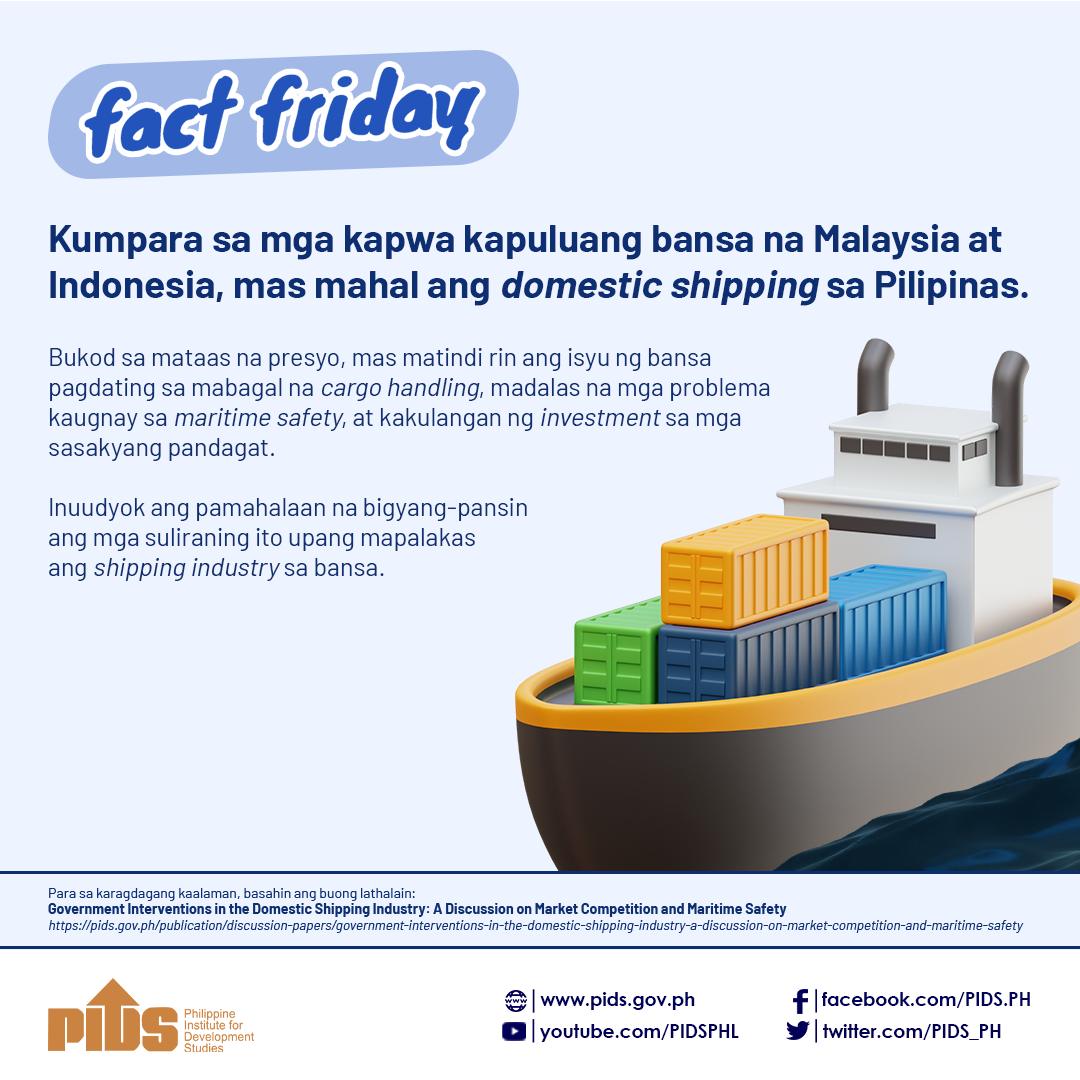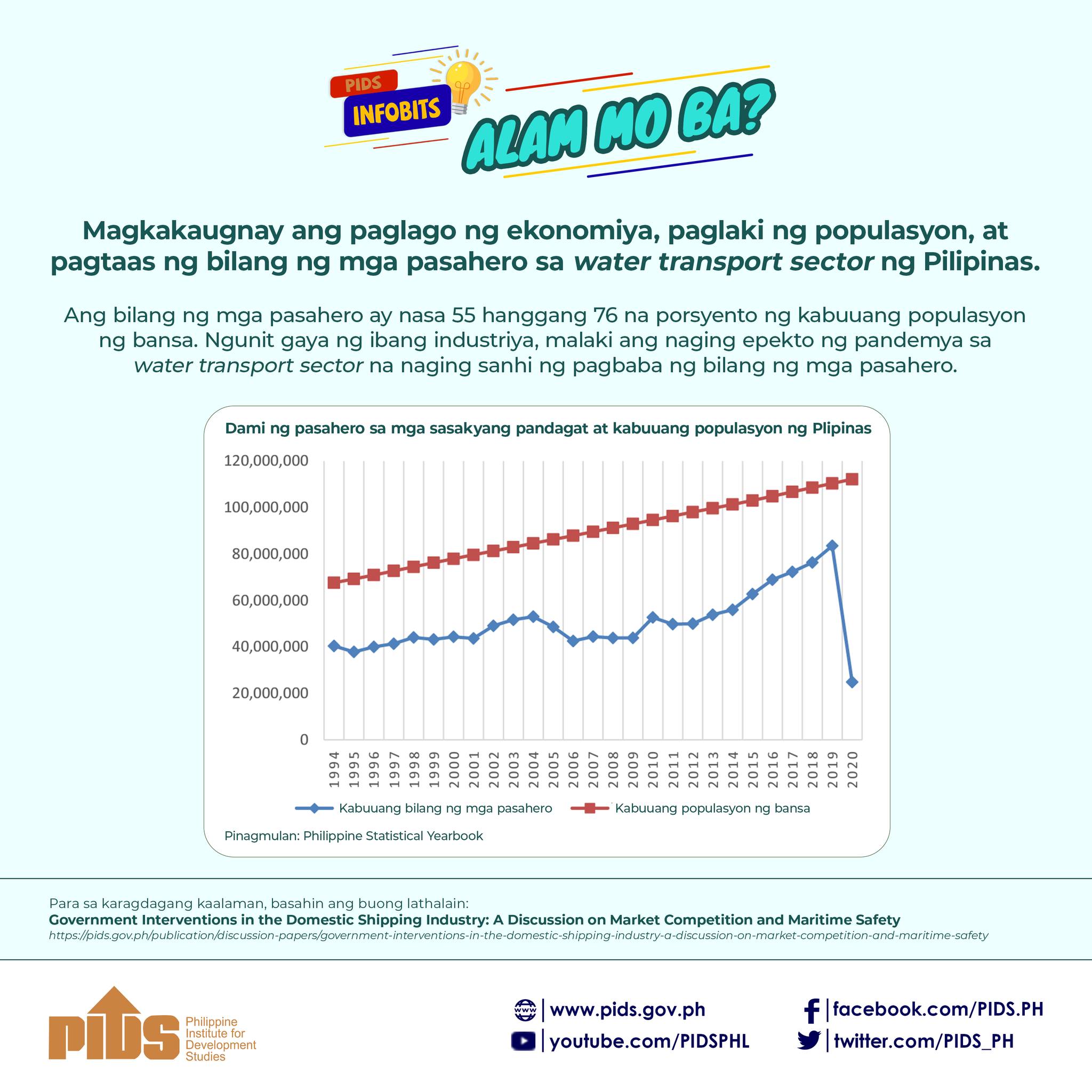Sugar is an ingredient that Filipinos consume at home, be it for the food we make or manufactured foods we find in supermarkets. However, its cost is double that of the world’s prevailing market price, which affects the food manufacturing industry and the consumers in general.
For decades, the Philippine sugar industry played a significant role in the country’s economy. It was vital to the nation’s foreign trade as it used to be our major export and provides jobs for millions of Filipinos, especially in rural communities.
But the sugar industry we used to know is far more different from what is it today. Its protectionist policy has put its development in vain, thus progress become stagnant. It failed to completely modernize and we have become uncompetitive. In fact, we had been overtaken by Thailand.
I wonder what our government’s plans for the industry are? I remember back in 2019, there was a proposal to liberalize the importation of sugar to drive down prices of the commodity and improve the competitiveness of industries. While we recognize the apprehensions of the sugar industry, I believe this could be a practical measure for sugar prices to be competitive.
One of the industries that’s having difficulty competing against ASEAN-manufactured confectionary products is the Philippine food manufacturing industry, which comprised majority of MSMEs that provide over a million jobs to Filipinos.
The food manufacturers and exporters are complaining over the high price of refined sugar in the domestic market that ranges from ₱85 to ₱115 per kilo compared with the world market prices which only cost from ₱32 to ₱35 per kilo. This puts the greater majority of consumers and food manufacturing sector at a disadvantage, leaving them behind our ASEAN counterparts who enjoy a lower cost of sugar inputs sourced from the world market.
Recently, the Department of Agriculture (DA) through a Memorandum Order directed the Sugar Regulatory Administration (SRA) to award three international traders import clearances for the release of 440,000 metric tons of sugar that reportedly entered the country with no proper permits. The local food manufacturers and exporters hope that government would give them allocation of 10,000 bags of P50 kilos per bag monthly.
Moving forward, we hope that the government would take serious reforms of the industry. There were some studies made by the National Economic Development Authority and the Philippine Institute for Development Studies citing solutions and long-term plans to address the issues and challenges of the sugar industry so that in the long run we become competitive again while enjoying a lower cost of refined sugar and confectionary products.
I believe there is really a need to expand the farm coverage for sugarcane plantations to achieve economies of scale. We need to increase land ownership from five hectares to at least 25 (or more) hectares to encourage investments that could later lead to increased productivity and sufficiency. Equally important also is to equip the industry with modern and up-to-date technology.
The government should invest in R&D and infrastructure development. Imagine, in the past, we had over 40 milling stations but today, we only have a little over 20.
Another strategy is to diversify the products derived from sugarcane. The sugarcane by-products such as molasses, and ethanol, could be used as raw materials for other industries such as power generation, biofuel, and food processing.
Again, there are some recommendations to fix and improve the state of the Philippine sugar industry. It’s just a matter of time and political will to implement them. With President Marcos’ earlier pronouncement to revive and modernize the agriculture sector coupled with the cooperation from all concerned stakeholders, we hope that the sugar industry will thrive again.

